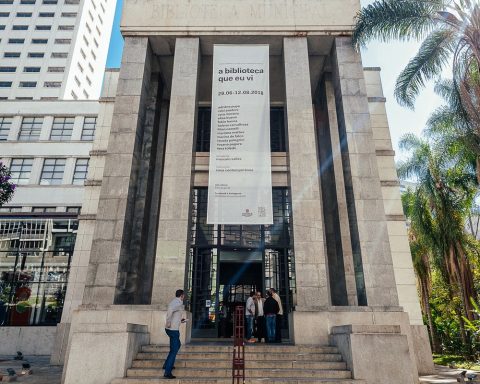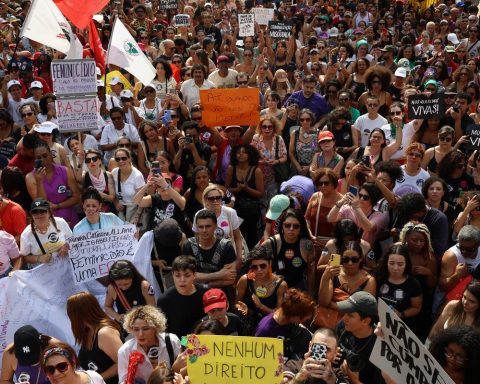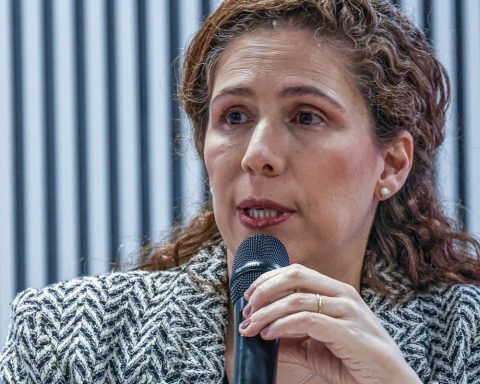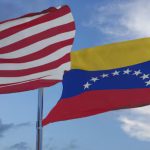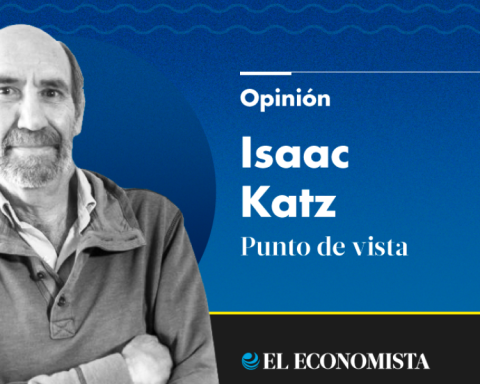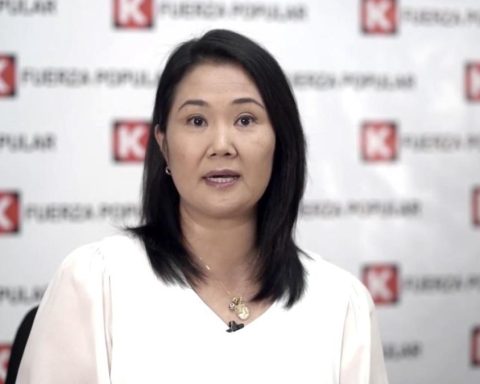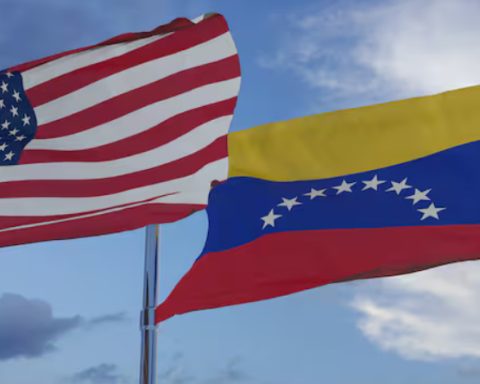The Ministry of Agriculture, Livestock and Supply (Mapa) published, in Official Diary of the Union of today (3), Ordinance No. 516, which “establishes the periods of sanitary void for soybean cultivation at the national level for the year 2022”.
Of a phytosanitary nature, the measure is adopted with the aim of helping to control a disease called Asian soybean rust, caused by the fungus Phakopsora pachyrhizi. It is one of the “most severe diseases that affect soybeans, and can occur at any phenological stage,” the ministry said.
In the different geographic regions where the fungus causing the disease has been reported at epidemic levels, damage varies from 10% to 90% of production. The sanitary vacuum is the continuous period, of at least 90 days, in which soybean plants cannot be planted or kept alive at any stage of development in the given area.
The objective of the measure, as expressed by the Ministry of Agriculture, “is to reduce the inoculum of the disease as much as possible, minimizing the negative impacts during the following harvest”.
Deadline
The technique, adopted until then by 14 soybean producing states for a period of 60 days, is now used by 21 federative units for 90 days, in order to increase its effects.
The main Brazilian export product, soy had, in 2021, a production of 134 million tons, according to data from the Brazilian Institute of Geography and Statistics (IBGE).
To view the ordinance with the periods established as sanitary vacancy for each of the 21 federative units, click here.

